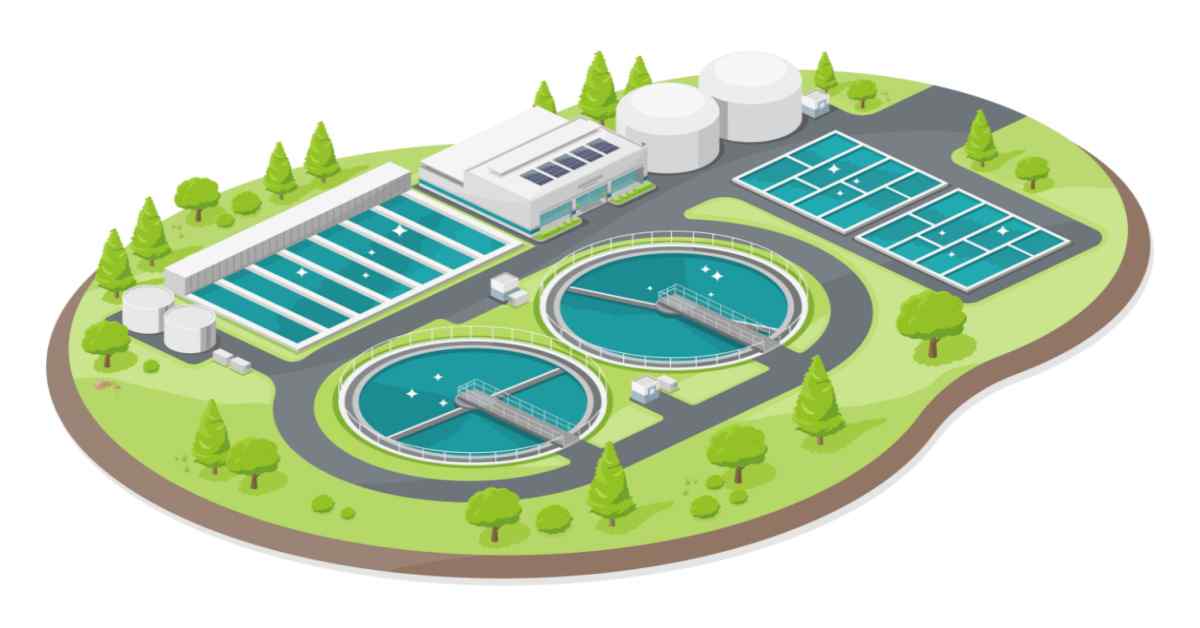Comprehending Wastewater Treatment Processes and Their Ecological Effect
The ins and outs of wastewater treatment processes play a critical duty in mitigating ecological challenges linked with water contamination. Each stage, from preliminary to sophisticated therapies, is made to attend to particular impurities, ultimately guarding both public wellness and aquatic environments.
Overview of Wastewater Treatment
Just how is wastewater changed right into a secure resource for the atmosphere? Wastewater therapy is an important procedure designed to remove contaminants from used water, consequently protecting public health and securing communities. This procedure begins with the collection of wastewater from domestic, industrial, and industrial resources, which is then directed to treatment facilities.
At these centers, various physical, chemical, and biological methods are utilized to deal with the wastewater. First screening eliminates big debris, complied with by sedimentation to separate heavier solids. Ultimately, biological treatments, such as triggered sludge processes, make use of microbes to damage down raw material. These methods not only minimize contaminant levels yet also help with the recuperation of useful nutrients.
The dealt with effluent can be securely discharged right into all-natural water bodies or reused for watering and commercial purposes, advertising resource conservation. In addition, the therapy process creates biosolids, which can be repurposed as fertilizers or soil modifications, even more boosting sustainability.
Stages of Therapy Processes
The wastewater treatment procedure typically includes three key phases: preliminary, primary, and additional therapy. Each phase offers a distinct duty in lowering the toxin tons and making certain the effluent satisfies environmental requirements before discharge.

The key therapy stage concentrates on the physical splitting up of put on hold solids from the wastewater. With sedimentation, larger particles settle at the end of sedimentation containers, creating sludge, while lighter products, such as oils and oils, float to the surface area and are skimmed off. This procedure significantly lowers the organic and inorganic load in the wastewater.
Additional treatment is a biological procedure intended at additional decreasing the concentration of organic issue. This stage is necessary for accomplishing the essential biochemical oxygen need (BODY) decrease, eventually leading to cleaner effluent all set for discharge or more therapy.

Advanced Therapy Technologies
Adhering to the additional therapy processes, advanced treatment modern technologies play a vital role in further enhancing the top quality of dealt with wastewater. These innovations are created to eliminate residual contaminants that are not efficiently eliminated throughout key and additional treatments, making certain the effluent satisfies strict governing standards.
Among the widely used innovative treatment methods are membrane layer filtering, reverse osmosis, and advanced oxidation procedures. Membrane layer filtering, including microfiltration and ultrafiltration, is effective in dividing great bits, microorganisms, and colloids from the water (Wastewater). Reverse osmosis uses semi-permeable membranes to eliminate dissolved solids, resulting in top quality water ideal for different applications
Advanced oxidation processes (AOPs) employ strong oxidants to degrade natural pollutants, consisting of drugs and individual care products that are resistant to traditional therapy. These approaches enhance the biodegradability of complicated compounds, facilitating their elimination.
An additional significant innovation is making use of biological nutrient elimination procedures, which especially target nitrogen and phosphorus, protecting against eutrophication in getting water bodies. On the whole, advanced therapy modern technologies are crucial for achieving greater levels of purification, advertising water reuse, and securing public health and wellness while resolving the difficulties connected with wastewater monitoring.
Ecological Benefits of Therapy
Numerous environmental benefits emerge from efficient wastewater treatment processes that contribute to ecosystem health and wellness and sustainability. Mostly, these processes substantially minimize the release of unsafe pollutants right into all-natural water bodies, which helps preserve marine ecological communities. By removing pollutants such as hefty steels, nutrients, and microorganisms, treated wastewater minimizes the threat of waterborne illness and advertises biodiversity in marine settings.
Moreover, wastewater therapy facilities commonly employ sophisticated innovations that allow water recycling and reuse. This method not just conserves freshwater sources however also decreases the need on all-natural water materials. Improved nutrient removal from wastewater can likewise avoid eutrophication, a procedure that leads to algal blossoms and succeeding oxygen deficiency in marine systems.
In addition, efficient treatment processes can lessen greenhouse gas discharges, especially methane and laughing gas, which are commonly launched throughout unattended wastewater decomposition. By catching and utilizing biogas from anaerobic digesters, centers can transform waste right into sustainable power, thereby adding to a decrease in next fossil fuel dependence.
Difficulties and Future Fads
While the ecological benefits of wastewater treatment are clear, a number of challenges linger that impede ideal outcomes in this area. One significant problem is maturing infrastructure, which usually leads to inefficiencies and increased operational expenses - Wastewater. Many therapy plants were made decades back, and their capacities do not straighten with modern-day needs, that include stricter regulatory requirements and higher quantities of wastewater as a result of urbanization

Looking ahead, there is a growing focus on resource recuperation and circular economy concepts within wastewater therapy. Developments such as anaerobic digestion, which can produce biogas, and progressed filtering technologies are getting grip. These techniques not only improve treatment performance yet also promote sustainability.
Eventually, addressing these difficulties requires collaboration among stakeholders, financial investment in modern technology, and a commitment to continuous research. By accepting these patterns, the wastewater therapy field can evolve to satisfy the demands of a changing environment and culture.
Verdict
Finally, wastewater therapy procedures play an essential duty in improving ecological quality and public health. The multi-stage therapy structure, paired with innovative technologies, efficiently alleviates sites contamination and advertises sustainable water administration. By attending to recurring contaminants and reducing vitamins and mineral drainage, these procedures add to the preservation of marine environments and the reduction of greenhouse gas emissions. Proceeded developments and adjustments in therapy approaches will certainly find more be vital for conquering emerging obstacles and making certain the sustainability of natural deposits (Wastewater).